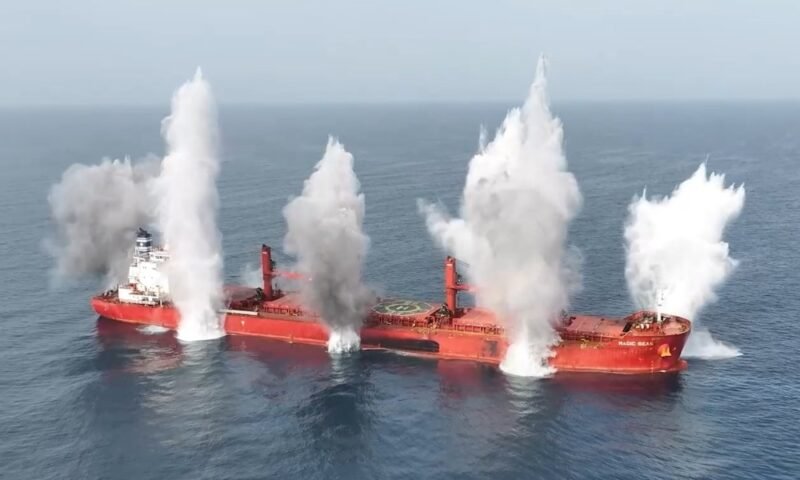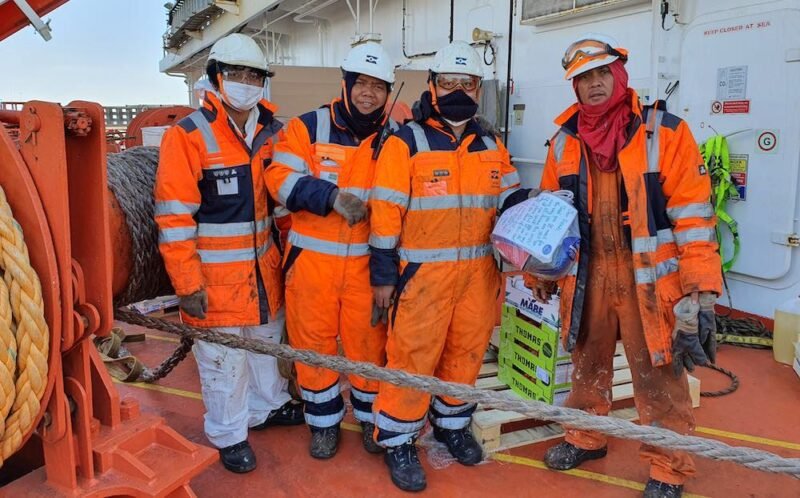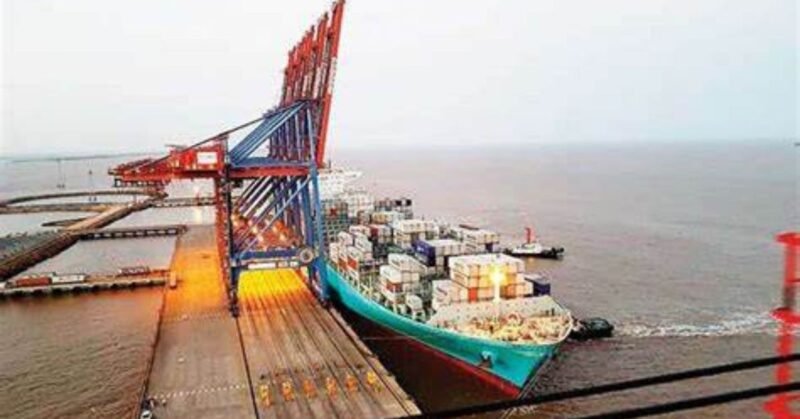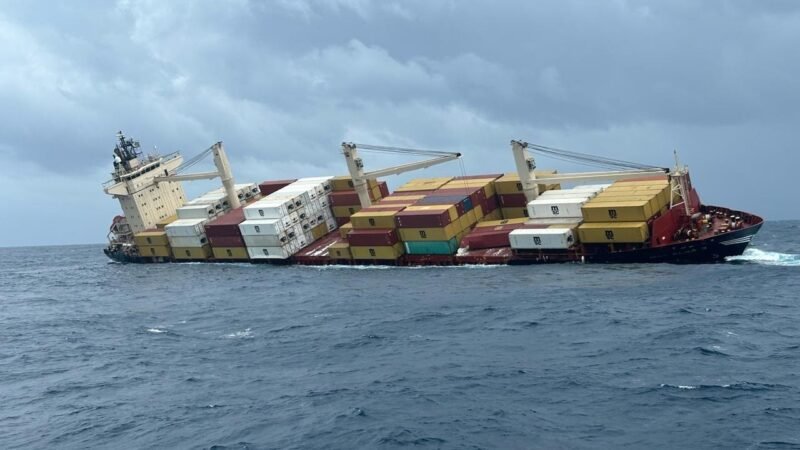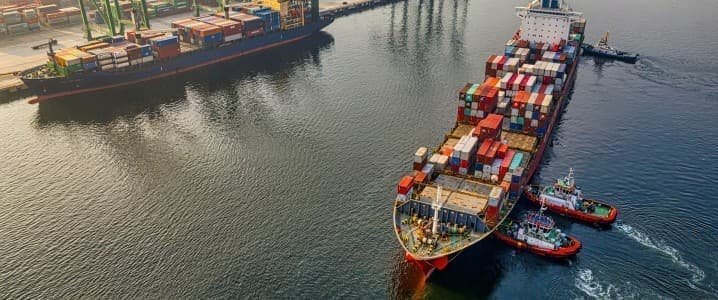Shippers in 2025 are facing challenges related to capacity and deployment as they navigate the impact of tariffs, potential changes in Red Sea traffic, and the introduction of the new alliance Gemini, according to AlixPartners’ 2025 Container Shipping Outlook Report. The disruptions caused by Suez Canal diversions, port industrial action, and a U.S. soft landing in 2024 resulted in one of the best years on record for container shippers. However, the disruptions are expected to continue in 2025, with the potential impact of tariffs, new capacity, and efforts to reshape global shipping networks.
The timing of a return to normalized Red Sea routings will likely influence future rates, with carriers waiting to see if Middle East ceasefires hold. The industry consensus is that most diversions around the Cape of Good Hope will not be unwound in the first half of 2025. The report highlights that returning to normal routes will release capacity, along with the influx of newbuild ships that could disrupt the supply-demand balance in shipping.
The launch of the Gemini Cooperation between Maersk and Hapag-Lloyd is seen as a bold effort to address the industry’s reliability challenge. This alliance, operating a hub-and-spoke network with over 340 vessels, could provide a viable alternative to the traditional port-to-port model. With the shift to three alliances and an increase in capacity, the reopening of the Red Sea route could significantly impact competition in the industry, leading to lower ocean freight rates and a return to chronic overcapacity.




